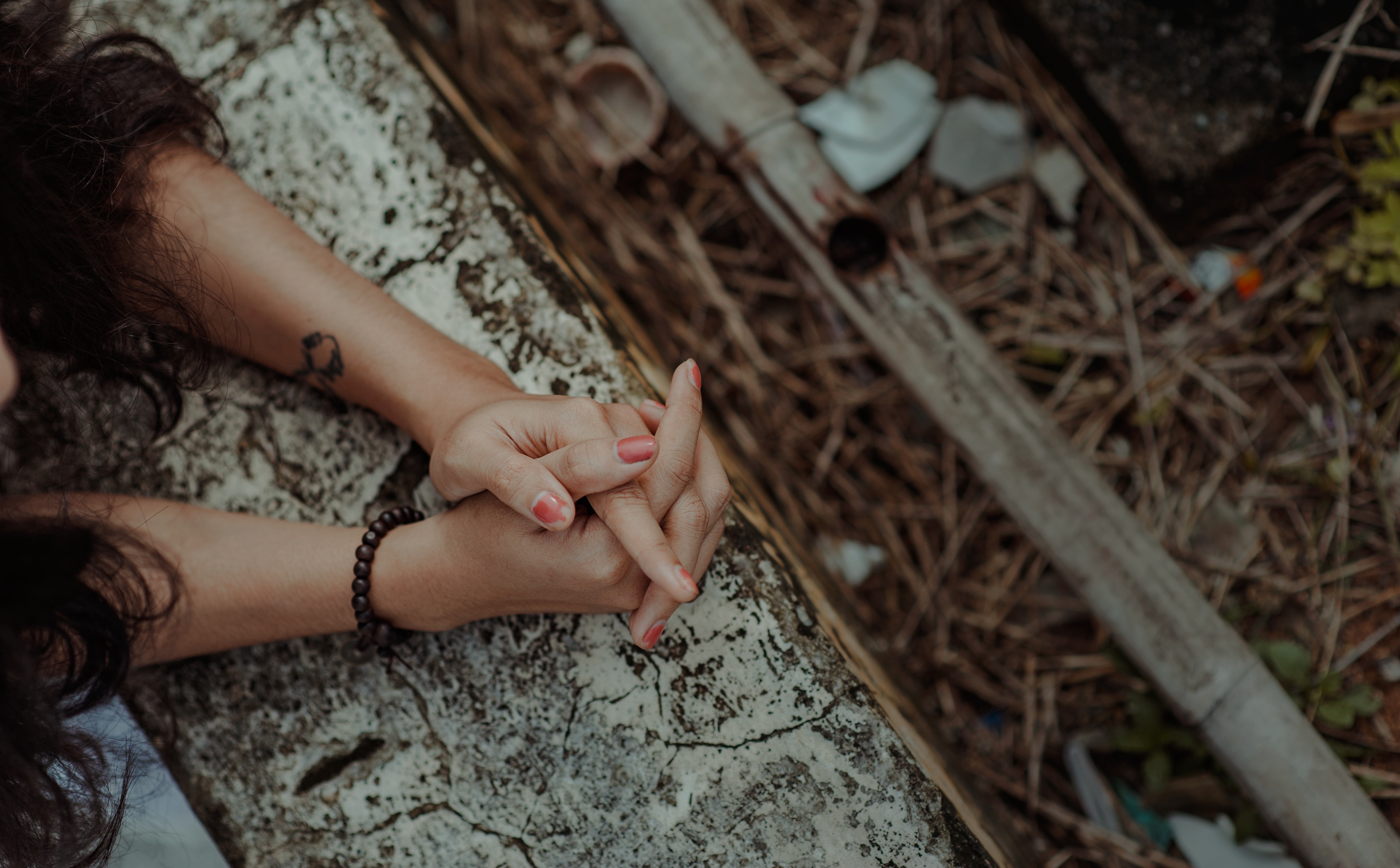Protect your skin from the bacterial skin infection

Bacterial infection on the skin can vary from moderate to severe stage. At the severe stage, the patient must consult the dermatologist. If the infection is kept untreated, it can cause a further serious problem. The best choice is the prevention of the bacterial infections. There are several kinds of solutions to keep safe our skin from bacterial infection.
Different types of bacterial infections
There are several types of bacterial skin infections. The most common bacterial infections are-
It is also known as ‘Hansen’s disease’ which is formed by the bacteria named Mycobacteriumleprae. It is a slow growing bacteria.
This type of infection makes re-swollen bumps’ cluster which is pains a lot. The bumps are connected to each other under the skin.
Staph infection
It is generally, occurs at the cutting places of the skin. The cut skin is affected by the bacteria and causes infection ranging from a little boil to flesh-eating infections which can be severe. The severe type of staph infection cannot be cured by the antibiotic.
It is the most common type of infection appeared in the soft cells under the skin. In this infection, bacteria break down the skin and spread underneath.
The most contagious infection is the impetigo which can appear any places of the skin. It generally, attacks the open areas of the skin.
Boils
This infection occurs at the hair follicles and the oil gland. At the first stage, red-colored tender lumps are produced at the affected area. After 4 to 7 days, pus starts to grow under the skin and so, the lumps turn o white color.
Cysts and abscess
At the first stage, a pilonidal cyst appears on the skin and then it turns to infected lump by filling with pus.
Treatments for bacterial infection
Dermatologists prescribe medicines based on the signs, severity and the reason for the infection. Some infections heal naturally with time. But most of the infections require certain medicines. Generally, antibiotic starts to give impact within 2 to 3 days.
In general, bacterial infection is treated by the oral antibiotics or the topical antibiotics which is directly applied to the skin. In the severe case, the intravenous antibiotics are used keeping the patient admitted to the hospital.
Care at home
There is no alternative for the home care and it is a must even after using the antibiotics in the case of the bacterial infection.
- To reduce the itchy feeling and the inflammation, the cold compressor works well. It should be applied to the skin several times.
- Taking the antihistamines works well too to reduce the itching.
- In the severe cases, topical antibiotics should be used maintaining the doses rules and finishing the course in time.
- The affected area of the skin should be kept clean by washing it frequently. This area should also be kept dry so that further infection cannot appear.
Medicinal Treatments
Oral antibiotics
- Amoxicillin As
These types of antibiotics destroy the bacterial synthesis by damaging the enzyme activity of the bacteria. It is a highly active antibiotic to destroy the activity of streptococci bacteria and the staphylococci bacteria. It works with the power of penicillin inactivating enzymes.
Side effects for this oral antibiotic can be vomiting, nausea, and maybe diarrhea.
- Flucloxacillin
This antibiotic is a type of semi-synthetic penicillin. It works to destroy staphylococci and the beta-hemolytic streptococci. So, it can cure infections caused by staphylococci and the beta-hemolytic streptococci bacteria.
Side effects can be also vomiting, nausea, and maybe diarrhea like the amoxicillin.
- Methicillin and flucloxacillin
This medicine is widely used in the US. It is encountered in the patient’s body by a course of antibiotic therapy.
Side effects are less than any other antibiotics.
- Erythromycin
It is included in the macrolide types of antibiotics. It resists the activity of streptococci bacteria and the staphylococci bacteria.
Side effects can be the gastrointestinal effects, nausea, vomiting, and diarrhea. The urticarial and the skin rashes in the small amount can occur, sometimes.
- Cefradine and the cephalexin
This antibiotic is also active to reduce the effect of streptococci bacteria and the staphylococci bacteria. Both of the medicine can be absorbed very well. This medicine is good for those patients who are allergic to penicillin as it does not work with the activity of the penicillin.
Side effects are less than any other antibiotics. Some side effects can be the gastrointestinal effects, nausea, abdominal discomfort and maybe turn to diarrhea.
Topical antibiotics
In the case of mild to severe infections, patients may need to take topical antibiotics after consulting the dermatologists. Effective topical antibiotics are:
- clindamycin,
- mupirocin
- cephalosporins,
- dicloxacillin,
- vancomycin.
In some cases, the surgical cut or the drainage of the infections may be required depending on the condition of the infection.
Patients should complete the course of full doses of the medicines to get the full impact. Because infection can occur repeatedly in the same area of the skin if the treatment course is not complete. The course of the medicine may differ based on the type and the severity of the infection. An important task for the patient is to keep clean the affected area of the skin.





